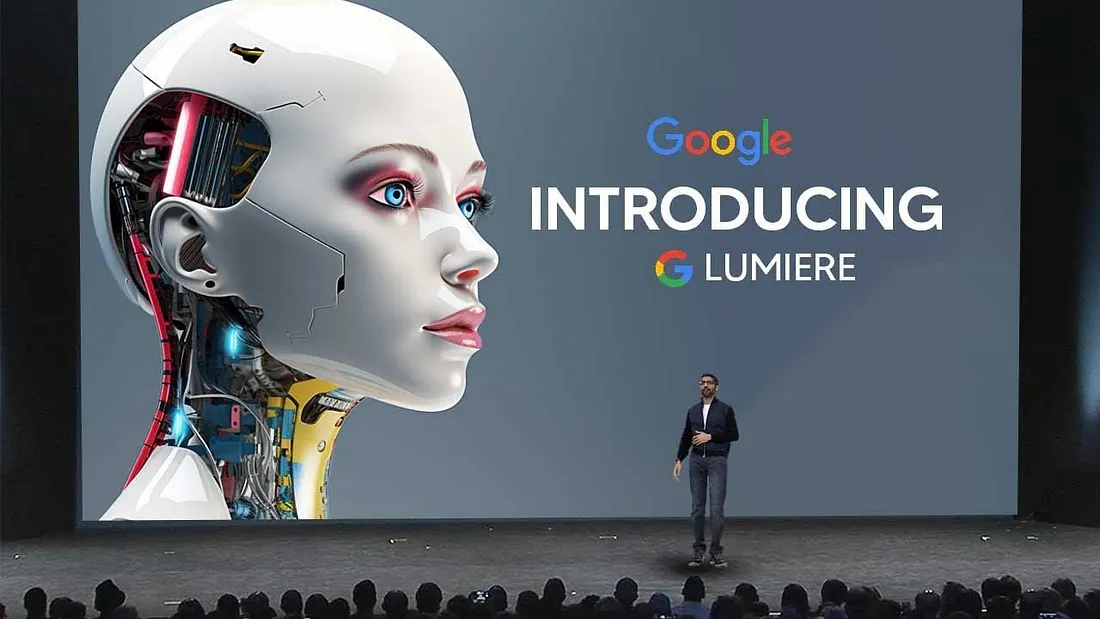Gone are the days of clunky AI models churning out pixelated, jerky animations from text prompts. Lumiere operates on a whole different level. It’s a multimodal maestro, capable of ingesting a variety of inputs beyond mere text. Think detailed descriptions, sketches, reference images, even existing video clips. Then, like a digital alchemist, Lumiere throws these ingredients into its AI cauldron and voila! Out pops a coherent, visually stunning video that reflects your vision with uncanny accuracy.
But Lumiere’s magic doesn’t stop at creation. It’s equally adept at manipulating existing footage. Want to swap the backdrop of a scene to a bustling cityscape? Or perhaps inject a dash of dreamlike surrealism? Lumiere can handle it with finesse, seamlessly stitching your desired modifications into the original video, leaving no trace of its digital handiwork.
The Implications for Filmmaking: A Double-Edged Sword
The implications of Lumiere for filmmaking are as vast as they are exciting. Imagine independent filmmakers conjuring up entire universes with minimal resources, or veteran directors fine-tuning scenes with pinpoint precision. Lumiere could democratize filmmaking, making it accessible to anyone with a vision and a keyboard.
However, as with any powerful tool, Lumiere comes with its own set of challenges. Concerns loom about the potential for job displacement, the homogenization of cinematic styles, and the ethical implications of AI-generated narratives. The question of artistic ownership also becomes murky – who truly deserves credit for a film when the lines between human and machine creation are so intricately intertwined?
Navigating the Ethical Maze: A Human Touch is Still Paramount
It’s crucial to remember that Lumiere, for all its brilliance, is a tool. Like any tool, its impact depends on the hands that wield it. The future of filmmaking needn’t be a dystopian landscape of soulless, AI-produced flicks. Instead, Lumiere presents an opportunity for human and machine to collaborate, each playing to their strengths. Humans can provide the emotional core, the nuanced storytelling, while Lumiere handles the heavy lifting of world-building and visual effects.
The key lies in ethical and responsible use. Filmmakers must approach Lumiere not as a replacement for their creativity, but as an augmentation. By harnessing its power while staying true to their artistic vision, they can craft stories that are both technically dazzling and deeply human.

A Glimpse into the Crystal Ball: What Lies Ahead?
The future of filmmaking with Lumiere is as yet unwritten, but the possibilities are tantalizing. We might see hyper-personalized movies generated on the fly, tailored to individual viewers’ preferences. Imagine interactive films where the audience’s choices shape the narrative in real-time. Or perhaps entirely AI-scripted stories that emerge from the collective consciousness of the machine.
While these may seem like fantastical notions plucked from science fiction, they highlight the transformative potential of Lumiere. This is not just a new tool; it’s a paradigm shift, a chance to redefine what it means to create and experience film.



